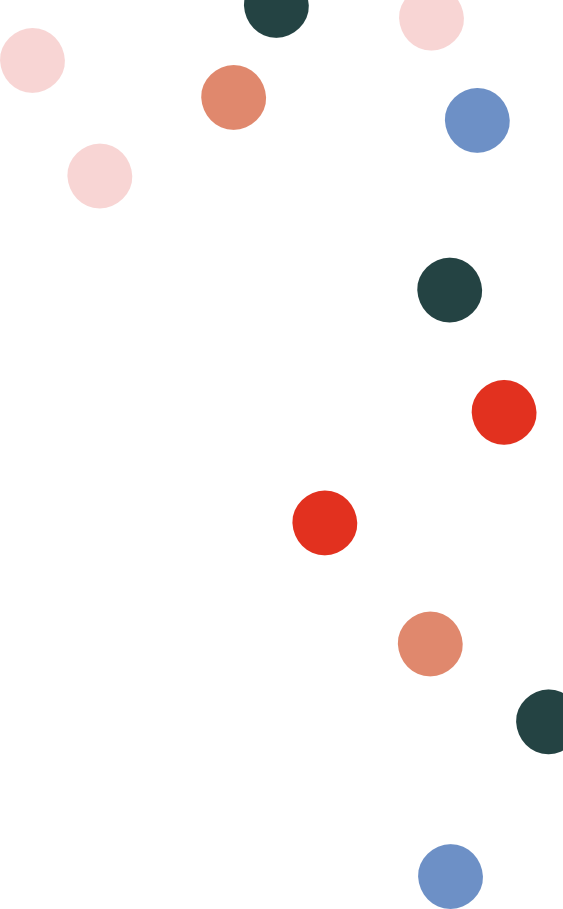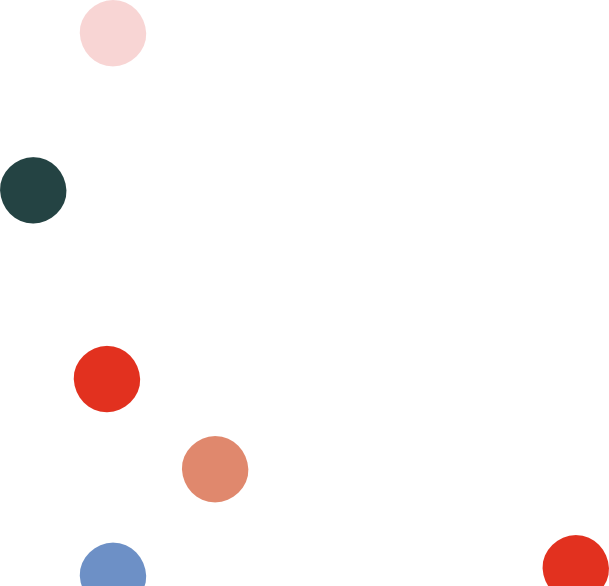Meditation in Film and Mermaid Identity
by Caiti Trimble
A dog lying on a tiger skin rug, a miniature statue of liberty lamppost, a wall of various taxidermy birds, and an Elvis impersonator driving through a chapel are just some of the scenes that make up the innovative short films of German directors Lina Sieckmann and Miri Gossing. On October 9, their short films “Strange Territories” were screened at the Portland Art Museum in collaboration with Portland State’s Film Department and the Northwest Film Center. The screening also included a Q&A where the artists discussed their upcoming feature film about mermaids in modern culture and the concept of identity, as well as other recent projects.
The event began filling up only 10 minutes before the screening began, but that does not take away from the chatty eagerness that poured from the film students and public attendees who soon took their seats. As the lights dimmed, the room filled with curiosity that bloomed from reading the event program; it was as if the audience knew the style that they were about to witness was creative in a way not seen before.
Professor Minty, a film professor who co-hosted the event, described the importance of their method as such: “Gossing and Sieckmann invite the viewer to observe along with them and consider the contents of the frame on their own terms…I think that once viewers acclimate to the pace and allow themselves to sit with the images, they’ll find that they have more of an opportunity to engage with the stream of images and visual language in way that can feel more alive and interactive, more like a dialogue.”
Each short film explored a new approach to storytelling where there is no protagonist, or not many people for that matter, and frames of common architecture are used for that purpose. Both artists come from a background of photography which is apparent when watching “Strange Territories” as each frame looks carefully thought out and evokes a feeling of importance. Professor Wieschel, an architecture professor, explains: “Architecture and urban images were used to create conceptions of belonging and identity. Repetition and similarities are used to create these recognizable places that immediately induce a feeling of familiarity.” Whereas their method of filmmaking is a progressive way to present the audience a new perspective around architecture and spaces that are contradictory to the viewer’s immediate connotations. Gossing repeated the word “meditation” when asked about their use of space; she explains that intricately placed frames are an opportunity for the attendees to let the scenes speak to them individually while the artists stay unbiased.
For their film Desert Miracles, the artists took stills from 22 different altars of chapels spread across Nevada and coupled them with a love letter narrative collaged from posts of women off anonymous wedding forums. This piece questions society’s traditional view of love by coupling chapels with a grief-stricken lover, but it is not the only one that takes familiar spaces and warps them with tension. Sieckmann brings up a German phrase that roughly combines the feeling of home and having that be “slightly off,” and is a fitting way to describe the uneasiness the audience is left with. In another film, Souvenir, the directors morphed a narrative from wives of seamen that played over scenes of a cruise ferry and objects the seamen have brought back as souvenirs for their wives. The directors link common objects, like porcelain dogs or pearl necklaces, with countering emotions of grief and anger; the widow begins to list each place her husband had been to and after an exasperated pause, she exclaims “And I am stuck.”
The screening ended with a Q&A with the artists, who sat in front of the audience with reserved demeanors. After discussing production techniques and the use of framed environment, they began to explain their newest projects. The project that caught the most attention was the feature film which the artists have started asking for funding to film from July to November of next year. The new piece explores commercial mermaid performance, in places like Las Vegas or Disneyworld, and how it has been affected by capitalist mentalities. A large part of the film concept is talking with people who identify as mermaids and are a part of “mermaid activism” in modern society. This idea of identity is explored to encompass how it seen during a time when the attitude of the country is the most hostile, pre-election. The artists want to incorporate the atmosphere of the 2020 election and how it could tie into the part of us that once recognized that we are part human and part animal, hence the motif of mermaids. Eventually the film will analyze how we have slowly become part human, part animal, and part machine; this notion is one discussed in modern culture but not with the eyes these artists us around environment. The idea of identity that they address is one that could become common in headlines within the next year as the election nears, with conversations of acceptance and ignorance being relevant today.
In Desert Miracles, ‘Elvis’ then moves out of frame and begins to sing another story of love and acceptance.


